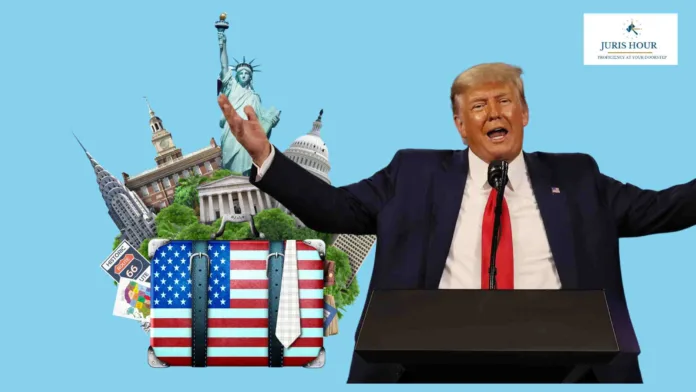A sweeping new trade agreement between the United States and Vietnam is set to reshape export dynamics across Asia, triggering concern among Indian exporters and trade negotiators, according to a report released by the Global Trade Research Initiative (GTRI).
The pact, unveiled by former US President Donald Trump via his Truth Social platform, marks a dramatic shift in US-Vietnam trade relations. It introduces a uniform 20% tariff on all Vietnamese exports to the US — a stark departure from the previous Bilateral Trade Agreement (BTA) signed in 2000, which offered tariffs between 2% and 10%. The move threatens to severely disrupt Vietnam’s $135 billion export market, especially in key sectors like textiles, footwear, seafood, and furniture that had flourished under the earlier trade regime.
GTRI emphasized that the development presents both warning signs and strategic takeaways for India, which is actively negotiating its own trade arrangements with the US. “Vietnam’s experience offers valuable lessons on the risks of abrupt tariff policy reversals, ambiguous product origin rules, and the vulnerabilities of flat tariff regimes,” the report said, as cited by ANI.
The deal also introduces a harsh 40% tariff on goods shipped via Vietnam but originally manufactured in third countries such as China — a measure aimed at curbing transshipment practices used to evade US tariffs. Trade analysts have questioned the legality of this clause, pointing out potential violations of World Trade Organization (WTO) principles, which maintain that mere routing does not alter a product’s country of origin.
The GTRI report noted that Trump’s announcement framed the deal as a “historic opening” of Vietnamese markets to US products. However, the tariffs imposed on Vietnamese goods entering the US — reduced from a proposed 46% to 20% — are still significantly higher than previous rates, posing a threat to long-standing trade flows.
Adding fuel to the fire, Trump’s former trade advisor Peter Navarro alleged that Vietnam had become a “colony of China,” with claims that up to a third of Vietnamese exports are actually Chinese products relabelled to skirt US trade restrictions.
Although Hanoi has acknowledged a mutual agreement on reciprocal tariffs, details of the final terms remain vague.
For India, the developments come at a critical juncture. The GTRI has urged Indian policymakers and exporters to keep a close watch on the evolving US approach to Asia-Pacific trade. The report underscores the importance of securing clear, enforceable rules in ongoing India-US trade talks to avoid potential shocks like those now confronting Vietnam.
“As Washington recalibrates its trade stance in the region, India must remain vigilant and adaptable,” the GTRI concluded, warning that the fate of Vietnam’s export sector may foreshadow broader regional disruptions.

